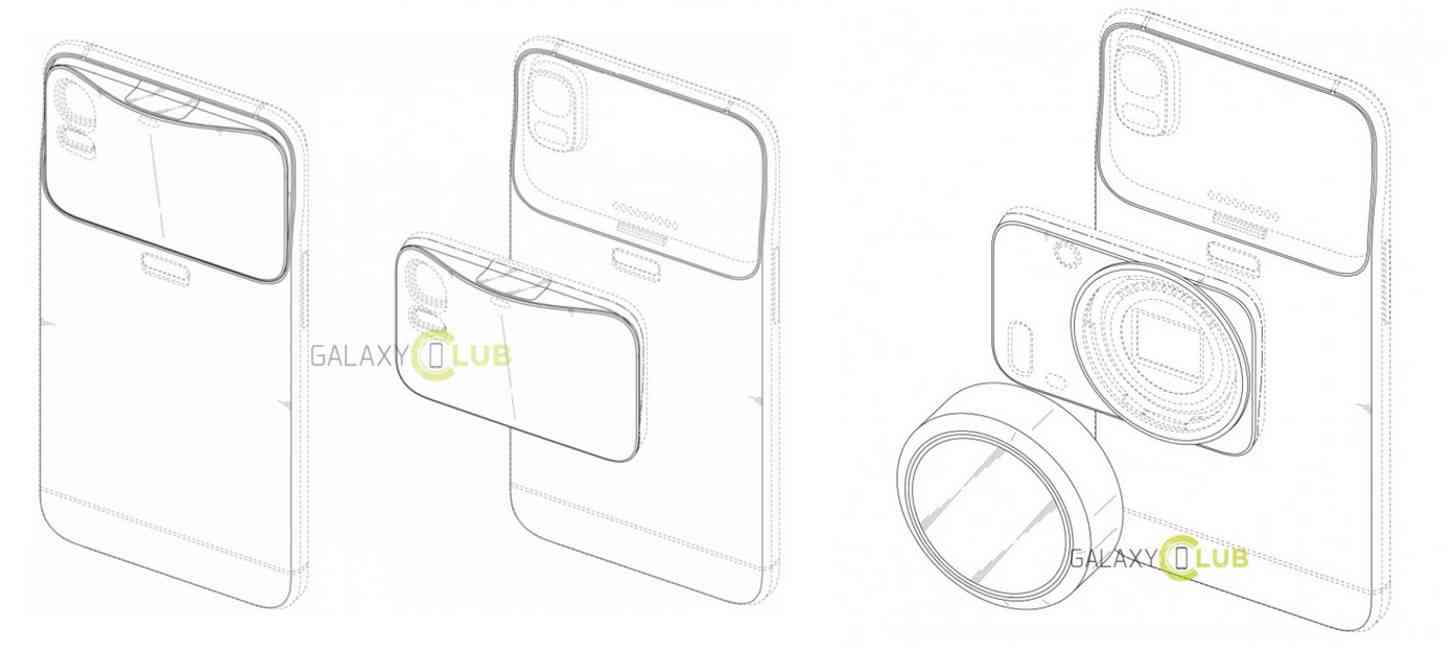
Major changes in the smartphone industry have seemingly slowed down over the past few years, especially in terms of hardware design. In the “pioneer” days of smartphones (8 years ago or so) there were smartphones of all shapes, sizes, and designs. But consumers have voted with their wallets and we have since settled into a solid slab-style design for the most phones.
A couple of notable exceptions have been made, such as BlackBerry’s Passport and Samsung’s edge design on some of their newer smartphones. At one point not long ago there was also talk of an extremely bizarre concept: modular smartphones.
You may or may not have ever heard of Phonebloks, which was an idea that eventually became a real work-in-progress in the form of Google’s Project Ara. Phonebloks presented the idea of creating a smartphone made up of various modules that could be individually swapped out when needed. The main reason for this would be to reduce the vast amount of e-waste that obsolete technology rapidly produces once we toss out old electronics by the wayside.
Project Ara was set to be available surprisingly quickly, with just a short 2 year timeline in mind. However, this timeline has since been pushed back at least a year due to the fact that the way the modules held on to the phone weren't as strong as they needed to be in order to deal with the unexpected, and yet entirely expected, falls and drops that smartphones inevitably encounter.
Project Ara is arguably the biggest name thus far to correlate with the idea of a modular smartphone, but another manufacturer seems to have taken interest in the concept as well – and actually expressed such an interest before Phonebloks or Ara became the paradigm. As it turns out, Samsung has recently patented modular interchangeable cameras in smartphones.
I think that modules are a great concept for a couple of reasons. Firstly, yes, it reduces e-waste. In fact, before I was introduced to the modular concept via Phonebloks, I had never really considered where our old electronics went. I also never really considered that most of the time I “need” a new phone, it's only because one aspect of the phone had broken or failed. It can easily ruin the smartphone experience for us, but the phone itself is not always unusable. It really is a big waste to throw out the entire thing in such cases.
Following that same train of thought, it's usually only one or two things that I want changed from my phone that causes me to want an upgrade. There isn’t always anything wrong with the phone itself. Maybe it’s better camera quality or a higher amount of internal storage, but sometimes that’s all some of us need to justify a new shiny phone. Not that there’s necessarily anything wrong with that, but simply being able to switch out modules would make that process a lot less wasteful or stressful; this rings especially true when you consider that there’s no guarantee any manufacturer has made the perfect phone for you. With a modular design, you pick and choose what’s important to you and what isn’t.
The prospect of a company like Samsung picking up on the concept, even if just with one feature rather than the whole shebang like Ara has exhibited, seems like a great thing. Smartphone cameras are quickly becoming people’s “go-to” device for capturing life’s moments, and introducing a way to replace the camera with an upgrade is a feature that I could see a lot of people wanting in a phone.
Since Samsung is one of the more influential manufacturers in the smartphone space, perhaps this – along with Ara, should its development continue in a promising direction – is the first step in truly beginning modular design in smartphones, which I think has a real future in the industry. I think the question left on everyone’s mind after all of this, however, is how these patents could impact the future of Ara.
Readers, how do you feel about modular design? Is it something you hope to see soon in smartphones, or do you think smartphones are better off without them? Share your thoughts with us in the comments below!